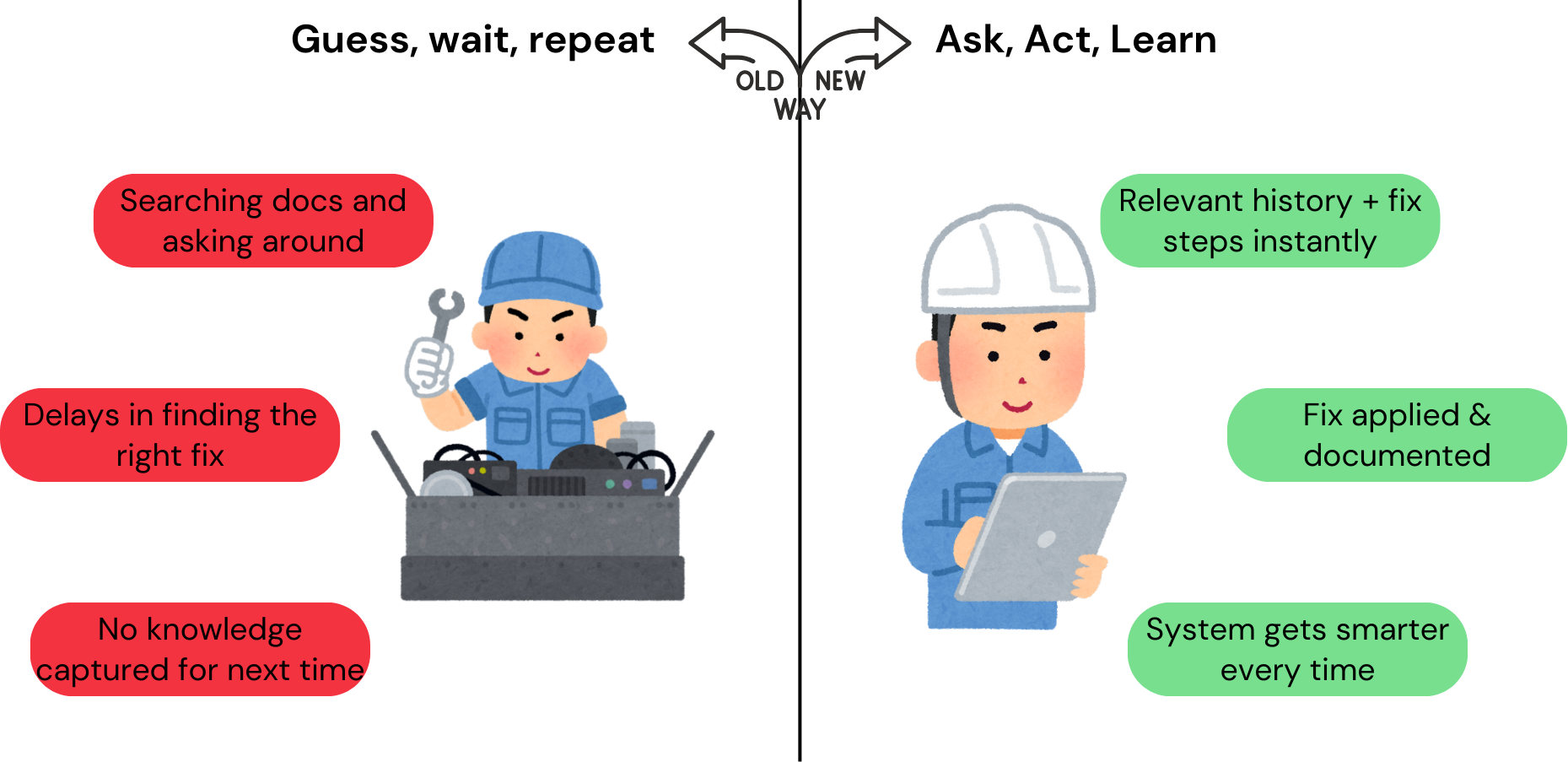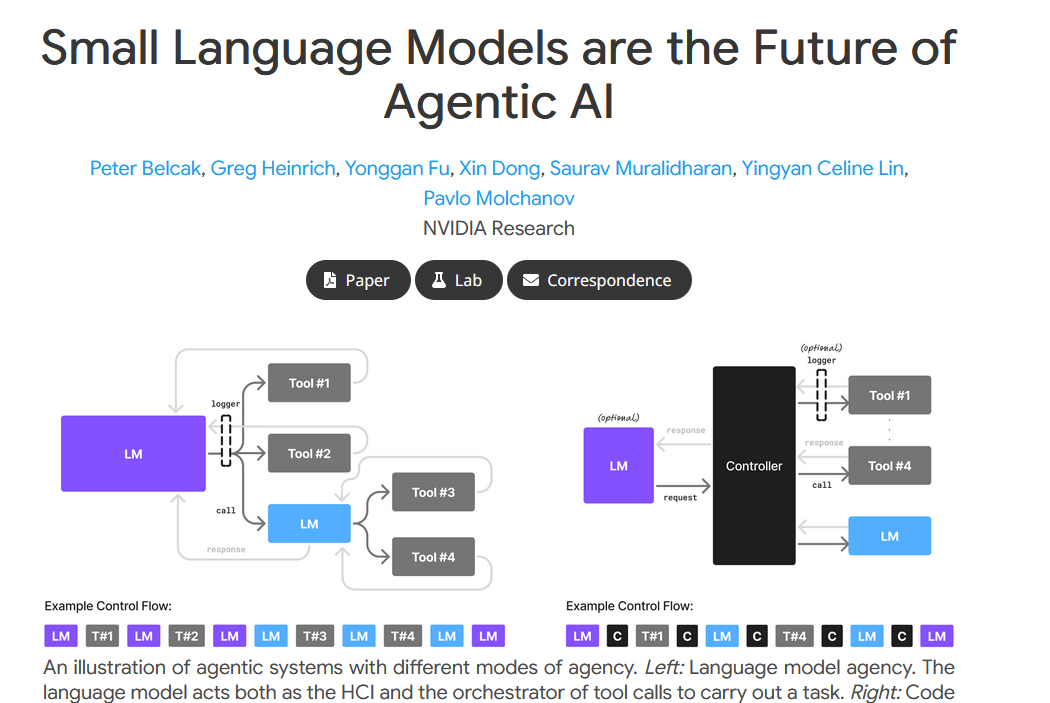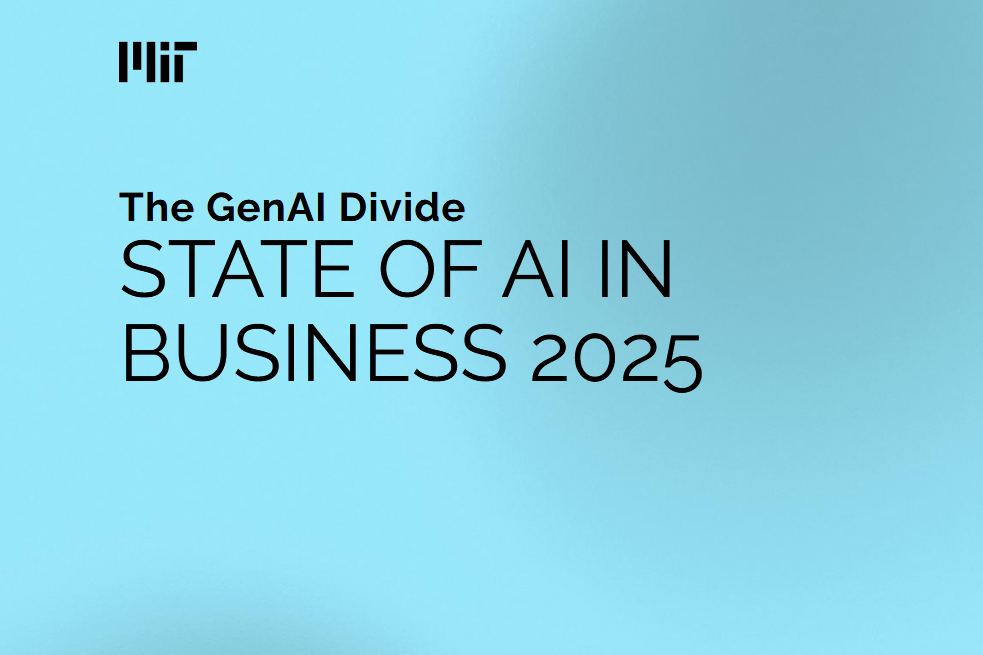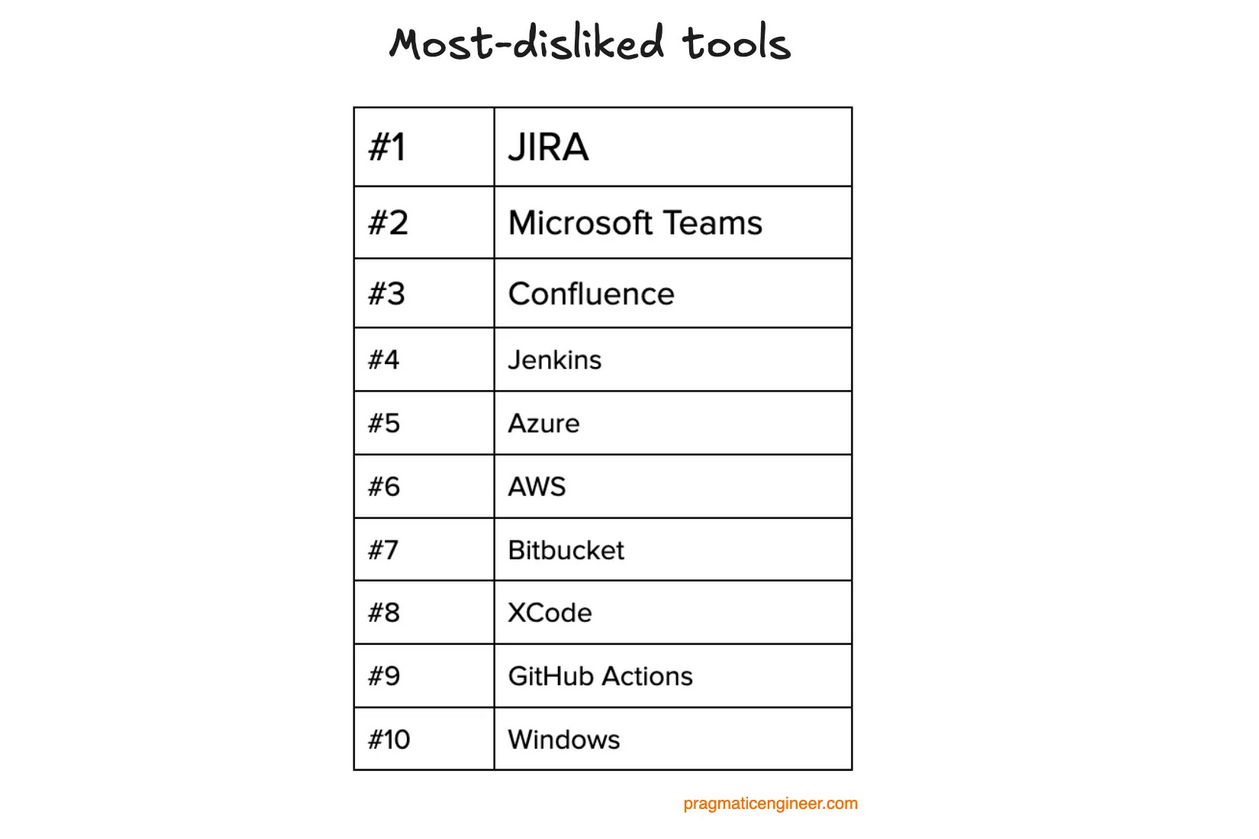The Hidden Costs of Knowledge Loss: Why You’re Losing More Than You Think
Every company talks about digital transformation, automation, and agility—but few are addressing one of their biggest blind spots: the hidden costs of knowledge loss.
Despite investments in wikis, training platforms, and documentation tools, only 20% of a company’s knowledge is typically documented. The rest—experience-based, tribal, or contextual insight—walks out the door when employees leave or switch roles.
The result? Teams constantly reinvent the wheel, support queues grow, and senior engineers spend up to 40% of their time answering repetitive questions. These inefficiencies rarely show up on the balance sheet—but they’re costing you far more than you realize.
In most organizations today, knowledge is everywhere—and nowhere at the same time. Wikis, SharePoint folders, Slack threads, Notion pages, chatbots, manuals, and dashboards all promise one thing: access to information.
But access is not action.
We’ve reached the limits of retrieval-based knowledge systems. In an era of accelerating complexity, rapid turnover, and mounting performance pressure, retrieving the right information is no longer enough. Employees need support in applying that knowledge—right when and where it matters most.
The Execution Gap: Where Knowledge Systems Fail
Knowledge bases, chatbots, and enterprise search tools have become the norm in digital workplaces. They aim to help employees “find answers faster.”
But this only addresses the first 10% of the problem.
What happens after the answer is retrieved?
-
The support agent still has to open three more tools to apply the answer.
-
The technician still needs to translate it into a troubleshooting step.
-
The new hire still has to figure out which doc is relevant to their situation.
That’s the execution gap—the disconnect between retrieving information and actually using it to solve problems, take action, or automate a process.
Why This Gap Matters More Than Ever
This results in:
- Slower onboarding
- Repeated mistakes
- Support backlogs
- Decision fatigue
- Underutilized tools and knowledge systems
It’s not a tooling problem—it’s an activation problem.
The Shift: From Static Knowledge to Live Execution
The future of knowledge work isn’t about searching smarter—it’s about executing faster.
We need systems that capture, understand, and act on knowledge—not just retrieve it.
This new model includes:
✅ Context-Aware Guidance
Instead of “read this doc,” the system says: “Here’s what you need, and here’s what to do next.”
✅ Process-Embedded AI Assistants
Available in the tools teams already use (email, chat, ticketing, CRM), guiding action—not just linking answers.
✅ Task Execution, Not Just Lookup
From updating systems to triggering workflows, AI can now perform tasks based on retrieved knowledge.
✅ Self-Updating Knowledge
Systems learn from real usage—automatically refining and improving knowledge assets over time.
Real-World Example
A technician is configuring a complex system and encounters an issue.

No switching context. No delay. No lost expertise.
Why Most AI Systems Still Fall Short
Even modern Retrieval-Augmented Generation (RAG) models, LLM-powered chatbots, and enterprise AI tools fall into the same trap.
We need a new category of solutions focused on workforce execution, not just intelligence.
But We Already Invested in Tools… Why Isn’t It Working?
Organizations are pouring money into tools — but many still don’t see the expected outcome. Here’s why:
👉 We’ve explored these limitations in depth:
- The Limits of Chatbots & Traditional Knowledge Management
- Why Knowledge Bases Fail
- Preventing Expertise Loss: Why Capturing Knowledge Isn’t Enough
Knowledge is no longer the challenge. Execution is.
The Way Forward: AI Workforce Augmentation
AI Workforce Augmentation is the shift from information tools to execution systems. It brings knowledge into the flow of work—making it usable, contextual, and automatable.
It’s not just about finding information faster. It’s about:
-
Doing more with fewer experts
-
Automating repetitive knowledge work
-
Capturing and applying tribal knowledge
-
Guiding decisions at the edge of complexity
Because the real power of knowledge isn’t just in knowing.
It’s in acting.
Conclusion: Retrieval Is Not the Finish Line
If you’re only investing in better search, smarter wikis, or prettier chatbots—you’re solving yesterday’s problem.
Tomorrow’s organizations will be defined by how well they execute on what they know.
And that starts by closing the execution gap.
🧠 Up next: Growing Work Complexity – Knowledge Systems Can’t Keep Up
📢 What gaps have you seen between finding answers and getting work done in your team?






